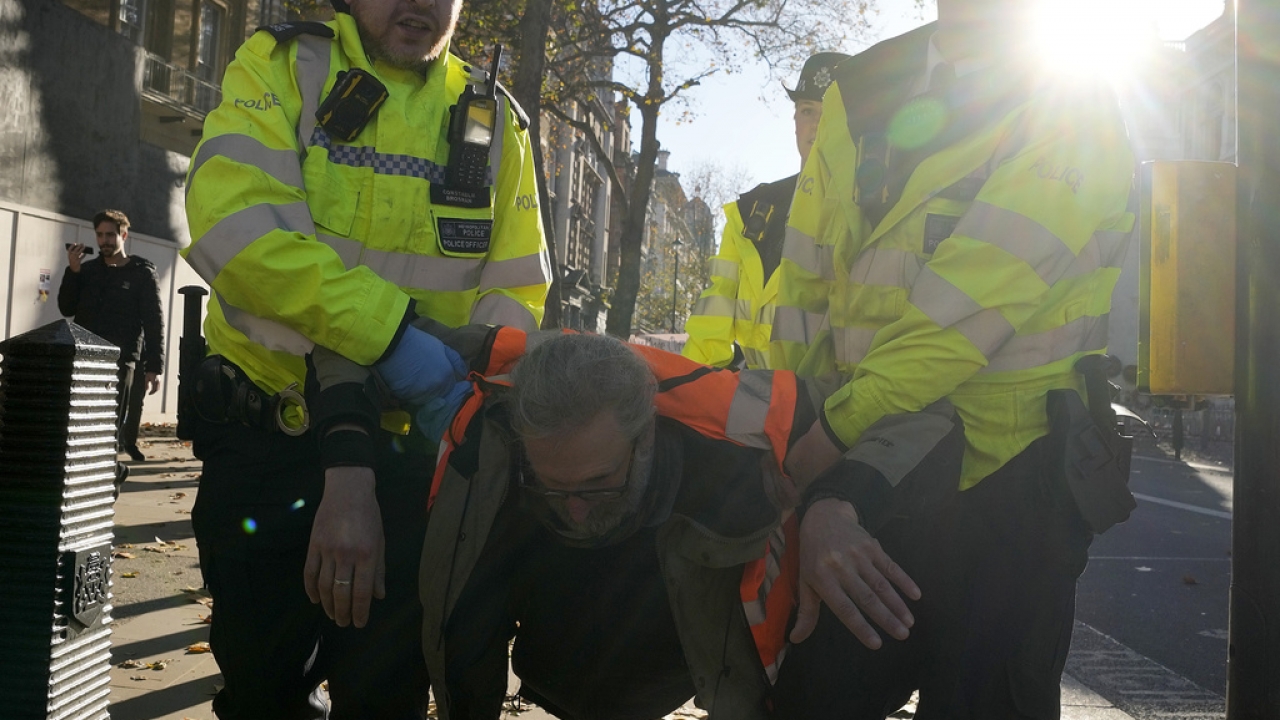by Eric W. Dolan
December 26, 2023
in Dementia

Researchers have found a significant link between severe financial loss and an increased risk of cognitive decline and dementia among older adults in the United States. This large-scale study, focusing on adults over 50, suggests that experiencing a major financial setback could accelerate cognitive aging. The findings are published in JAMA Network Open.
With over 50 million individuals worldwide diagnosed with dementia in 2019, and projections suggesting a tripling of this number by 2050, understanding the potential risk factors for dementia is more crucial than ever. Prior research has indicated that socioeconomic factors, including wealth and income, play a significant role in the onset and progression of dementia.
However, the specific impact of sudden and significant financial loss, known as negative wealth shock, had not been thoroughly investigated. This study aimed to fill that gap, providing insights into how financial stress affects cognitive health and dementia risk.
Conducted using data from the Health and Retirement Study, a long-standing project tracking various aspects of the lives of U.S. residents over 50, this study involved 8,082 participants. The average age of participants was 63.7 years, with an almost equal distribution between men and women. The majority of the participants were White, with a smaller proportion being Black and other races.
The researchers assessed the participants’ wealth status, including assets and debts, and defined negative wealth shock as a loss of 75% or more in total wealth between two consecutive interviews. Cognitive function was measured using a modified Telephone Interview for Cognitive Status, which involves tests like immediate and delayed recall, serial subtraction, and counting backward. Dementia cases were identified based on these cognitive scores.
The researchers found that individuals who experienced a negative wealth shock had a higher likelihood of cognitive decline and developing dementia compared to those who maintained stable financial status. This correlation was particularly pronounced in individuals under the age of 65 and among White participants, indicating that age and race may play roles in how financial stress impacts cognitive health.
The risk of developing dementia was also higher in the negative wealth shock and asset poverty groups. Additionally, the study’s sensitivity analysis, which accounted for genetic factors and varying definitions of negative wealth shock, supported the consistency of these findings.
Overall, this study underscores the potential impact of financial health on cognitive well-being, particularly highlighting the implications of sudden financial losses. It suggests that financial stability and support may be important factors in dementia prevention strategies, especially for those who are middle-aged or older. These insights add a crucial dimension to our understanding of dementia risk factors, pointing to the intersection of economic and health-related challenges faced by aging populations.
Future research is needed to confirm these findings and to explore potential intervention strategies. Further studies could focus on understanding the specific causes of negative wealth shock and their direct impact on cognitive health. Investigating the mechanisms through which financial stress affects the brain and exploring ways to mitigate these effects could also be valuable areas of research.
“The findings of this cohort study suggest that an experience of negative wealth shock was associated with accelerated cognitive decline and elevated risks of dementia among the middle-aged and older US adults. The negative wealth shock–associated dementia risks were more apparent among White participants and those who were younger. Further prospective and interventional studies are warranted to confirm our findings,” the researchers concluded.
The study, “Negative Wealth Shock and Cognitive Decline and Dementia in Middle-Aged and Older US Adults“, was authored by Liulu Pan, Bin Gao, Junpeng Zhu, and Jing Guo.













